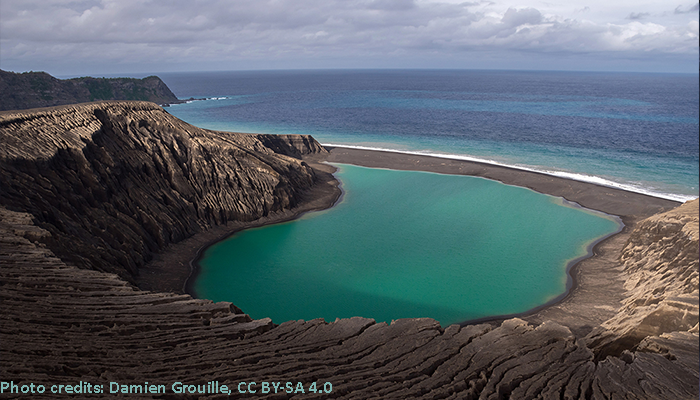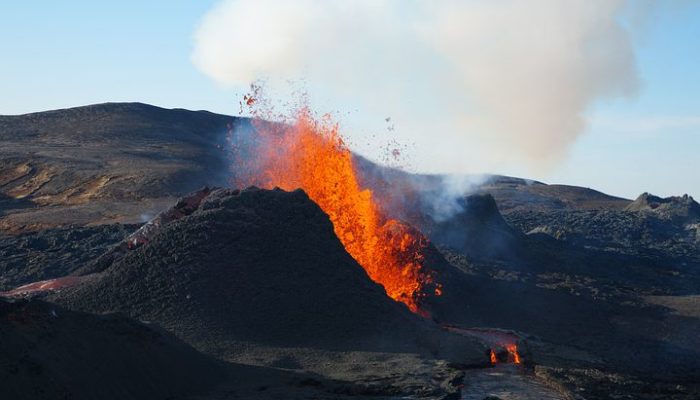Since 15 January 2022, the islands of the Tonga archipelago and surrounding territories have been suffering the effects of what has turned out to be one of the biggest eruptions of this century. The eruption occurred on Hunga Tonga-Hunga Ha’apai, an island created by the emergence of a large submarine volcano. HTHH is located among the ~170 islands of the Kingdom of Tonga and about 65 km nor ...[Read More]
An Overview on the 15 Jan 2022 Hunga Tonga-Huna Ha’apai Eruption




![Fire, Fog, Frost, Famine – French Revolution? The Lakagígar eruption in Iceland, 1783-1784 [Part 2]](https://blogs.egu.eu/divisions/gmpv/files/2018/05/banner1-2-700x400.jpg)